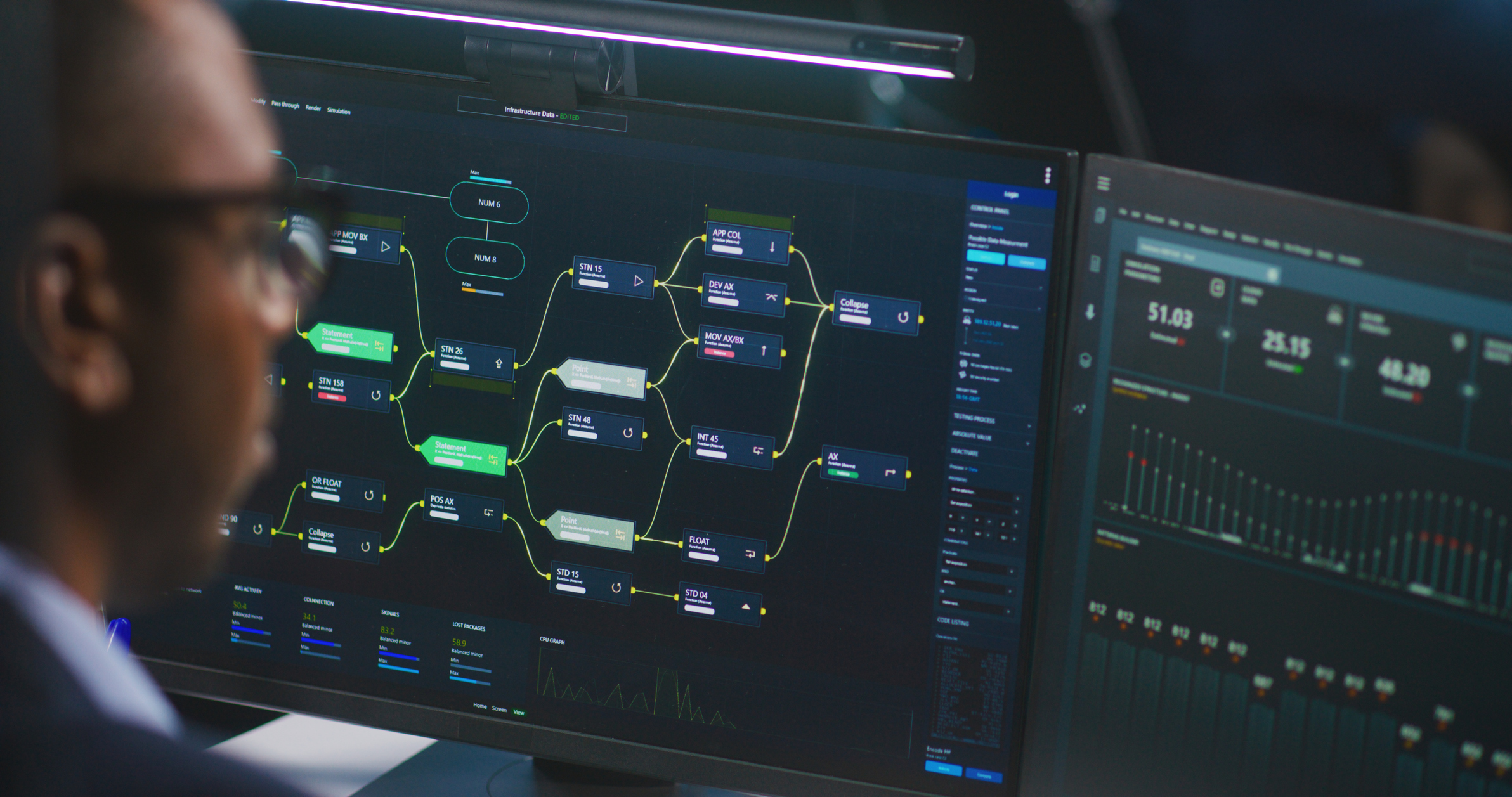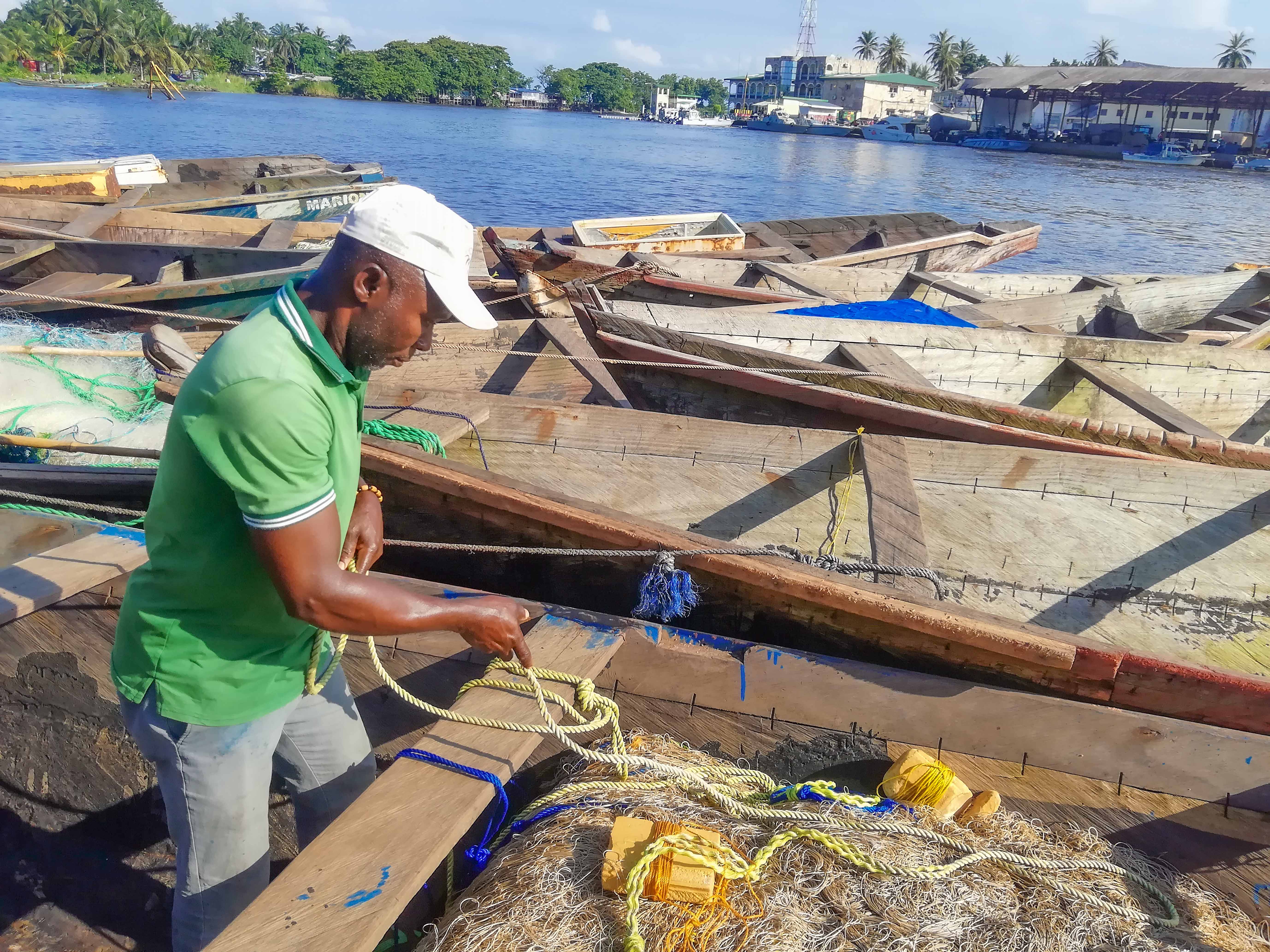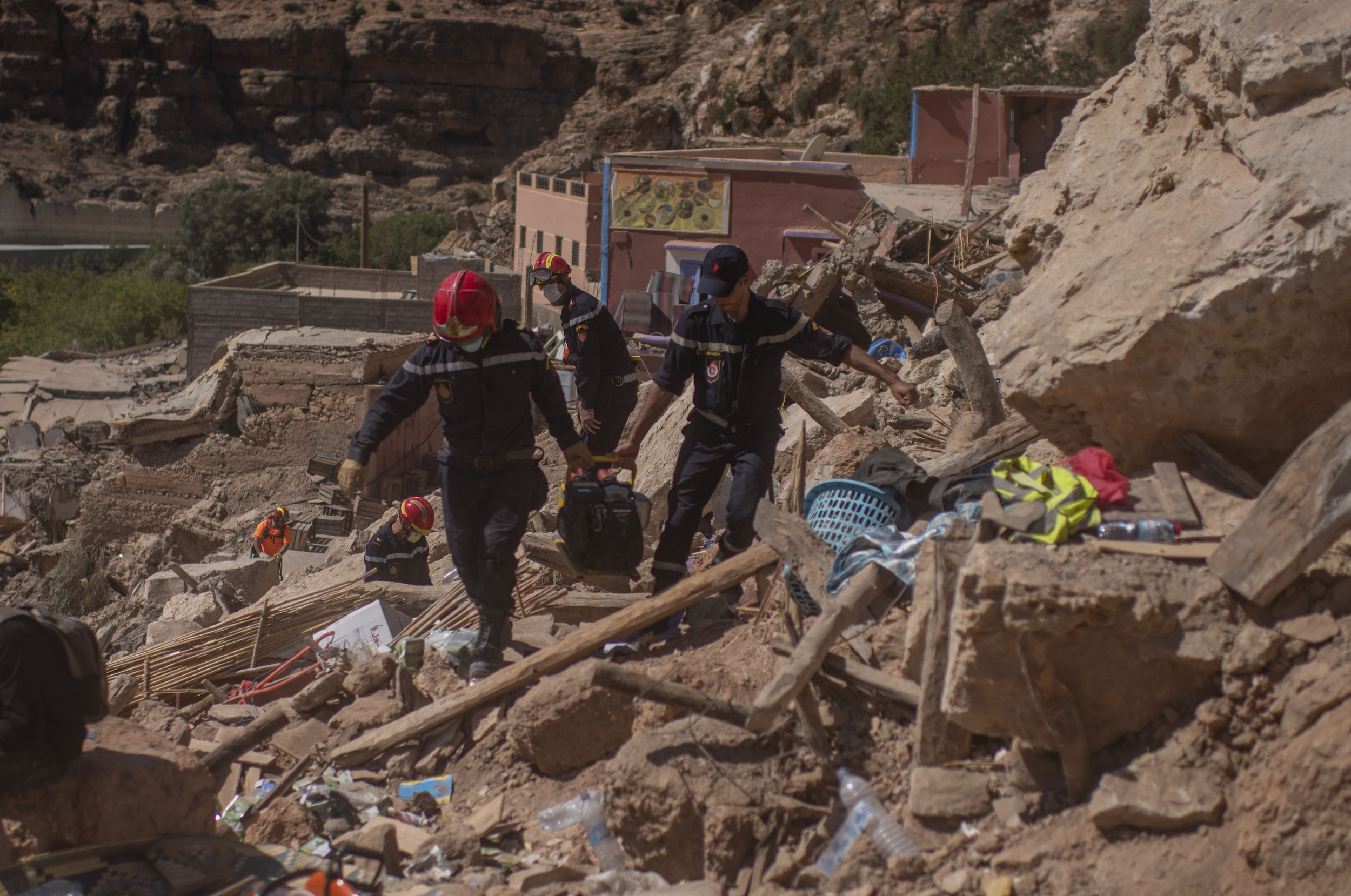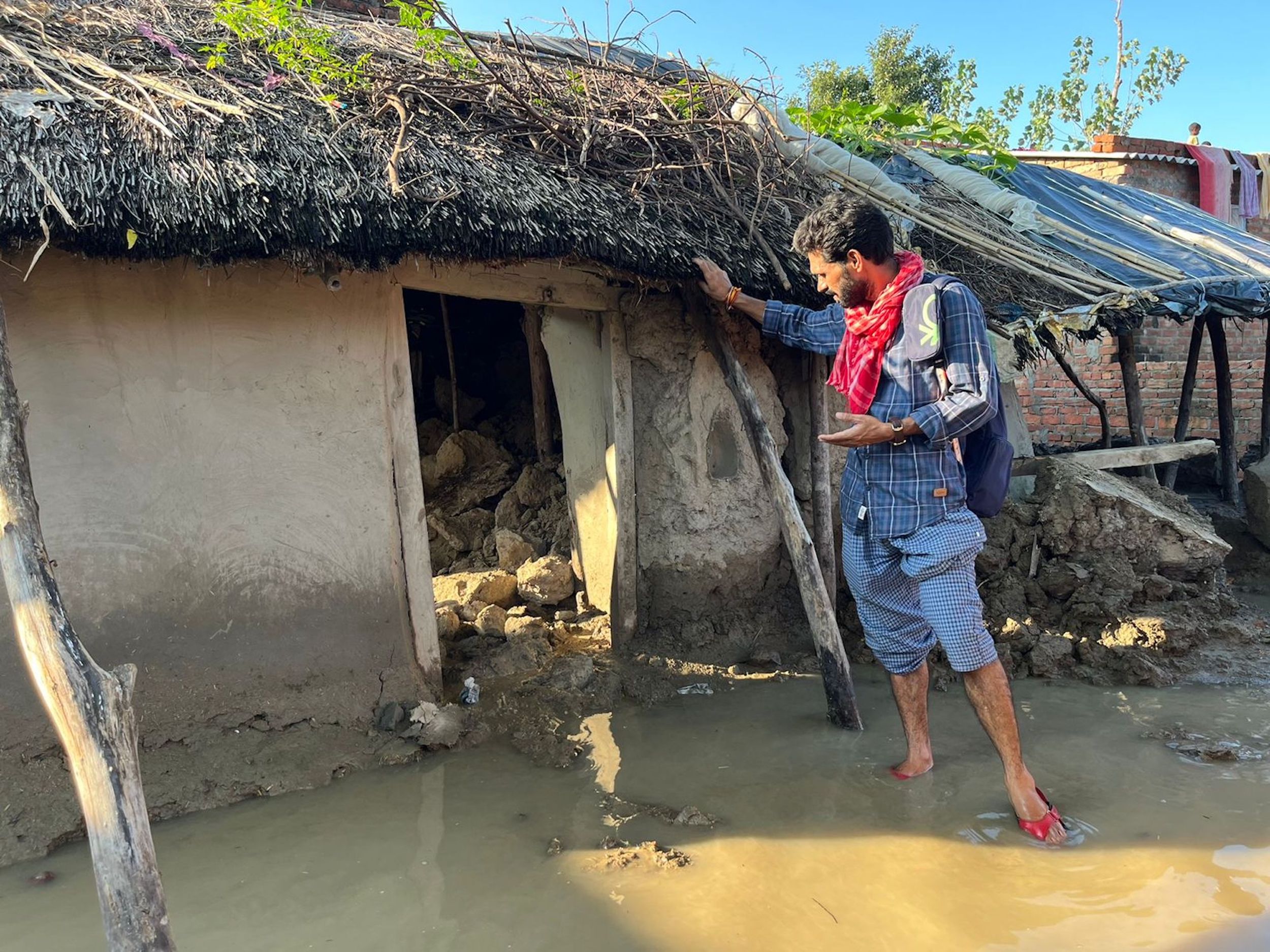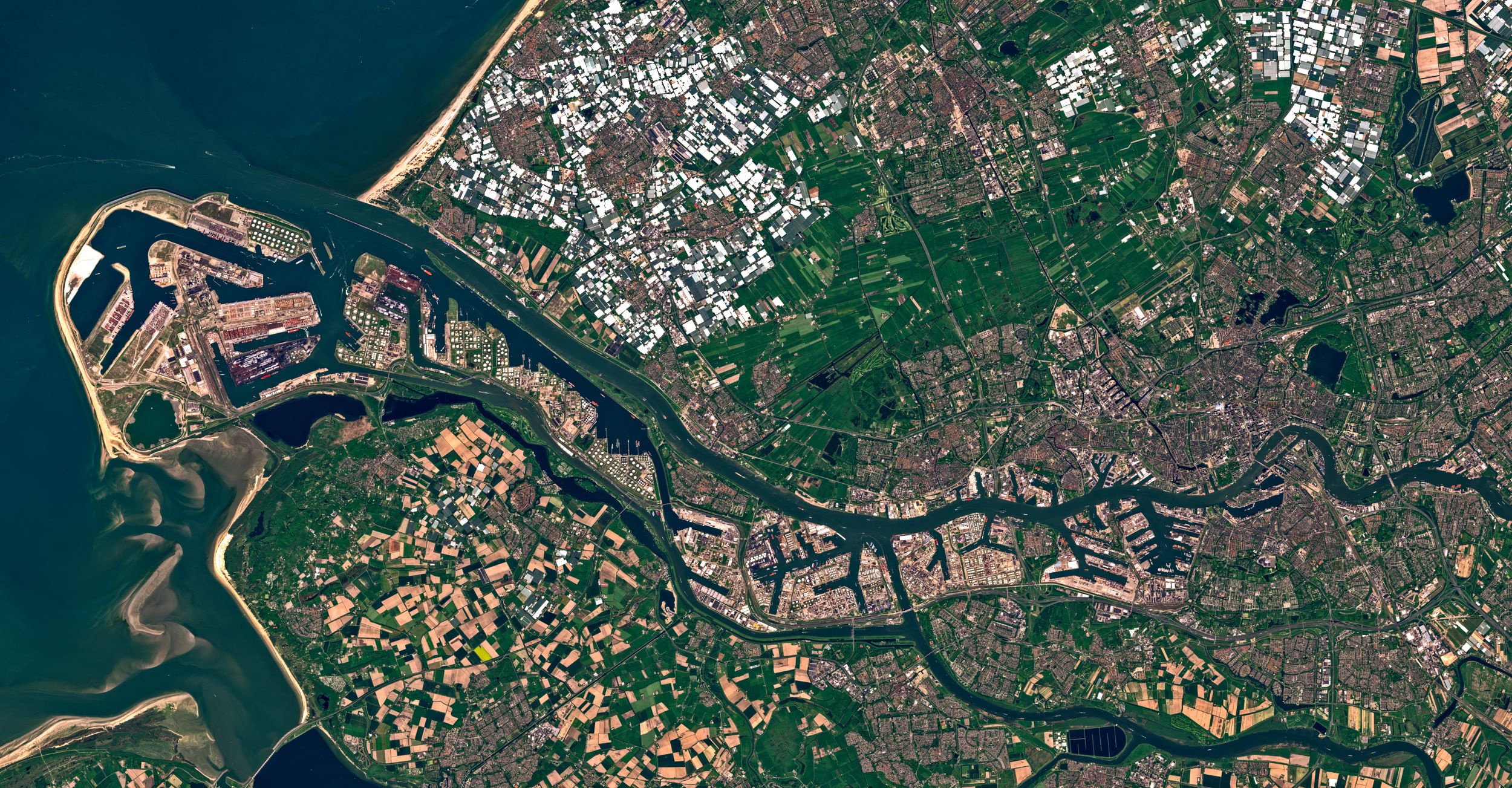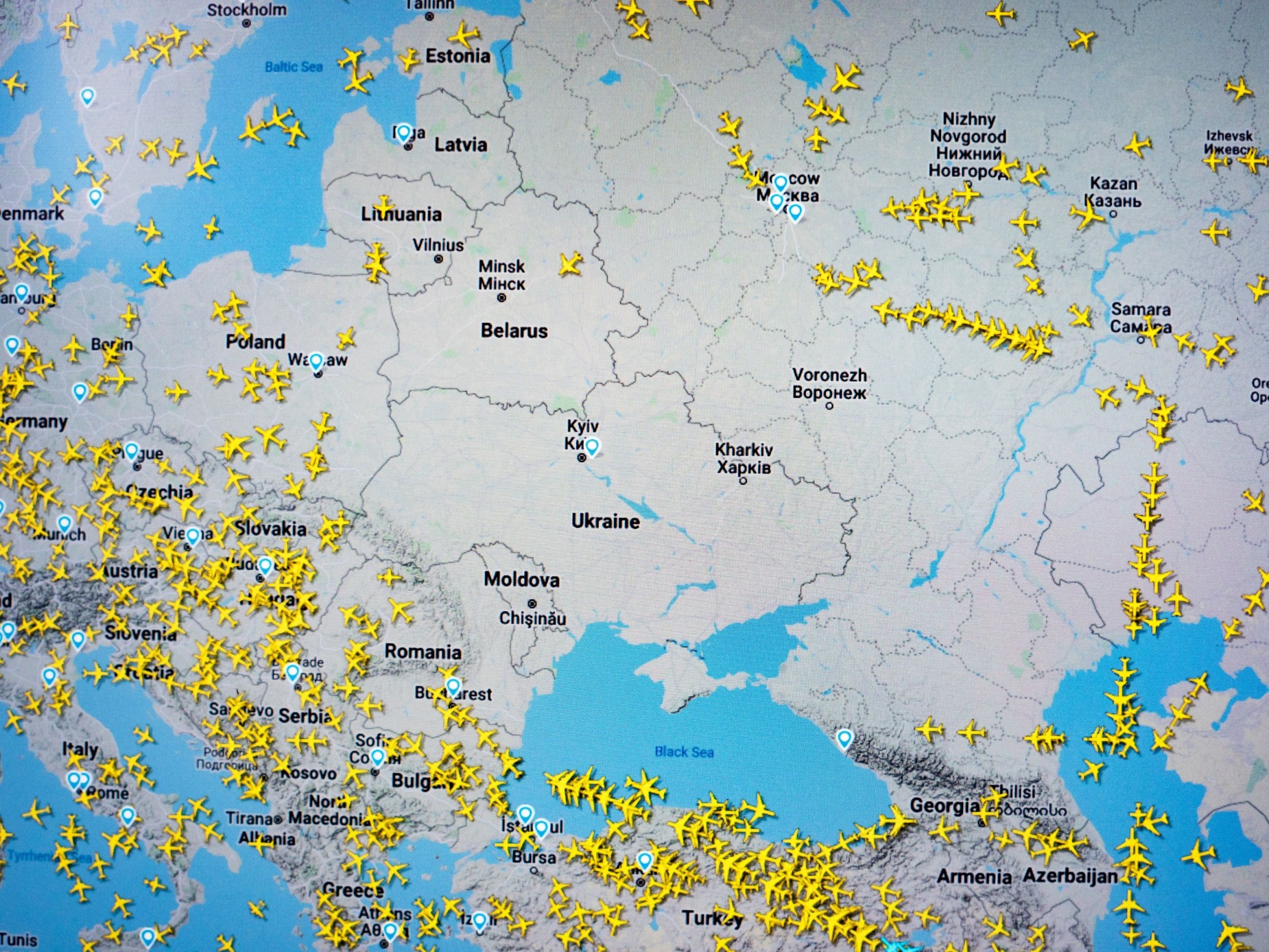In 1854, London was devastated by the cholera epidemic, the bacterial disease that was a mystery and a few information was known about it. It was not clear how cholera was being transmitted among the population of the city, causing high death tolls, leaving health authorities puzzled due to the lack of information about germs at the time.
Cholera was then thought to have been transmitted by air, on the contrary, Dr. John Snow, an English physician, was working on tracing the source of cholera and had a theory that the disease was being transmitted through the consumption of contaminated food and water.
In his quest to resolve the cholera mystery, he drew a map which demonstrated locations of deaths occurring in London in order to narrow his research for a common reason for spiked deaths in some epicenter locations.
Water at the time used to be delivered by two major water companies and one of the areas that witnessed a spiked death toll was located in an area that received water by one of the two companies. As Snow was interested in his theory that the disease could be transmitted through water, he checked the facilities of the drinking water in the area.
The initial mapping technique findings showed that drinking water was mixed with sewage in that area. Officials responded positively to dr. Snow's theory and the epidemic was contained by controlling the source of water flow.
The innovative way of utilizing given data for a spatial counting method was an indicator of an infection source and prompted taking necessary actions to stem the outbreak of cholera at the time. Dr. Snow became one of the founders of what is now known as epidemiology and his method contributed to reveal more information about cholera. The remarkable utilization of data effectiveness was later developed to become what is now known as epidemiology [1].
From cholera to coronavirus
The mapping technique is one of ways used in data journalism to make data easily comprehended. Using data is not recent. It has been used long time ago as Dr. Snow did, but with the developed technology, the use of data has become easier and more efficient besides the enormous data available now in the digital era.
Nowadays, our lifestyle has been drastically impacted by the novel coronavirus pandemic crisis reported for the first time in December 2019 in Wuhan, China. The virus impacted our lives as we have to comply with precautionary measures, including isolation and maintaining social distance, as well as curfews imposed to stem the spread of the virus. Many sectors have been affected by COVID-19 in many ways and journalism was no exception.
Due to the widespread pandemic, many people have lost their jobs and others had to adapt to work from home. Both employees and employers had to accept the unprecedented change in their lifetime. Due to the economic decline, which was harsh on media outlets already struggling financially, many journalists lost their job, especially those who work on a freelance basis. In the US alone, some 36,000 journalists have lost their jobs, been furloughed or had their pay cut [2].

Stagnation of field reporting
Precautionary measures dealt a great blow to field reporting with limitations forcing the majority of the newsroom to adapt to work from home [3]. The efficiency of field reporting receded as one of the major means for a field reporter is his sources and they are made through his presence on the ground.
Sources are made through a day-to-day basis in a cumulative process. Every day is a new journey for the field reporter that is enriched simply by being outdoors. Even the already-made network of sources he has may not be as efficient as before due to the fact that same sources would not be comfortable to give statements through the phone, fearing liability and being busted by authorities they work for.
Conducted interviews indeed is more effective in face to face conversation as the reporter can utilize his skills in an interview; for instance, he can monitor the emotions of an official or a source. Happiness, sadness or being fake are like other emotions that can be detected in field reporting and direct the questions to topics that can enrich the story unlike sending a fixed list of questions via email. And of course, COVID-19 itself has become an intimidating barrier for everyone to get in direct contact with others because of the fear of contagion.
Another issue of home reporting, journalists have become dependent on sources issued by media officers of authorities. Statements and videos are being made and edited by media offices of official institutions; while journalists in many cases have become merely a portal to convey news to audiences [4].
It is more challenging than before to verify what an official says especially about coronavirus as some authorities may want to play down the impact severity on its performance during the pandemic. Governments may not want to fall under the public opinion criticism due to the possibility of health facilities insufficiency and failure to cope with the virus outbreak [5].
Meanwhile, the public interest has risen to follow gruesome developments of the pandemic outbreak which spread from a country to another. This raised the interest in stories covering coronavirus news has grown three times globally. COVID-19 could only be tracked and understood not through words but through numbers. Authorities also resorted to data in order to examine if their measures proved to be effective or not. We have seen mobile applications launched by many countries that indicate the risk of contracting COVID-19 per location. Such applications utilize data of coronavirus recorded cases compared with the population density in a certain area and the rising pace of infections. They also helped control individuals' movements according to their health condition in order to mitigate the virus spread.
Data reporting
With setbacks in classic reporting and inclining to digital journalism, the role of data journalism rose to report more comprehensive stories about the virus. Stories of daily infections and deaths became so popular in early 2020. However, data journalism is not about merely publishing data or just visualizing it. Daily reports of coronavirus figures failed by themselves to give a broader meaning to the public regarding other factors such as the severity of the outbreak among the population and which group of age is more vulnerable to it as well as evaluating the efficiency of public health institutions.
And here comes the role of data journalism to put the data in context and make them understandable by the public. Data given by authorities - since they are the main source of virus-related data - should be analyzed and comprehended and interpreted by journalists. Numbers could be delivered to the public but this could not mean much by itself only, the relation with other aspects such as detecting the severity of infections in a certain city, considering the total population and the available beds at hospitals besides examining the recovery rate or stable case at these hospitals to determine the efficiency and quality of public health facility. Analyzing data also enabled spotting misinformation and false news.
In the early stage of COVID-19 data teams collaborated with scientists to reveal myth about the virus and give proper facts about it. Many notable projects helped explain the effect of the pandemic using maps and charts to demonstrate their analysis of compiled data. They examined the ways of authorities dealt with the virus and compared between the results of both of them, if that proved to be effective. Some data reports questioned whether a lockdown could be effective or not in some countries. Other reports examined interesting aspects of the virus spread such the effectiveness of using face masks and the possibility of infection via aerosols in indoor places by a room, a bar and a classroom: how the coronavirus spreads through the air which generated more than 40 million pageviews [6].
Data teams managed to thrive during the pandemic with such successful reports as data helped indicate the severity of the pandemic's impact and it became the core of reporting during the crisis and above all, exceeding obstacles of reporting from home. The crisis that we are living now proved that data became essential rather than a sophisticated alternative way of reporting news that needs to be applied to the Arab world.
Data journalism will continue its role, as the pandemic is still ongoing as coinciding with the announcement of vaccines developed, reports emerge of a new coronavirus variant emerge in the UK, which prompted again examining it through data [7]. It took around a year to develop vaccines and with a new variant, data remains as the core of discovering the new virus.

Data and investigative reporting, two sides of one coin?
When an official announces that the government is taking certain measures to deal with the pandemic, data given by the authorities should be investigated and analyzed either to prove or refute a statement. For example, the effectiveness of a fund provided for a vaccine and the efficacy of purchased batches cannot be understood without a consideration of many factors including the population including the drop or rise of infections over time. This could lead to more investigative points, whether the application of the vaccination process was carried out properly, was fund sufficient or unwisely the government overspent funds for less expected results.
Data journalism can be the sole pillar of a story but can also play a complementary role to enrich an investigative reporting. The options are limitless with the availability of data more than before. If a journalist investigates a trending topic like hate crime, instead of questioning if hate crime has risen or dropped in some country, the search can focus on a more comprehensive report, like asking how the rate of immigration affected the economy adding the latter's implication on the middle and low classes which led to a change in the rate of hate crimes in some areas in the last five years.
When thinking from a data journalist perspective, data allows to you to investigate deeper and get a more meaningful answer of why some incidents occurred in the first place.
For example, when a natural disaster takes place in some areas, the hurricane or the earthquake is being reported as well as its damage. But a data journalist may investigate why the number of damaged residential areas is more than another. This could be, for example, a matter of different criteria imposed on constructions in several areas or it may expose a case of corruption due to low quality of materials in construction or the government does not check buildings regularly.
Data journalism and investigative reporting align together for the same ultimate aim; to reveal the truth for the public interest. However, as many news outlets struggle to produce solid in-depth investigative reporting the old way it used to be -especially with financial struggle to maintain their presence beside that COVID-19 pandemic hiked their burden-, the dependence on data increases.
Many notable projects made a breakthrough in demonstrating the importance of data and how huge can it be that involvement of technology in it has become a must to manage data and extract interesting information, which led to more solid investigative journalism. Data is not only numbers, it can be in different forms like images, videos, audio. Indeed, using all the different kinds of data enriches investigative journalism, which proved to have thrived with the immense amount of data which has been multiplying every year. The globally recorded data is estimated to reach 200 zettabytes by 2025[8] compared to only 2 zettabytes in 2010 and 59 zettabytes in 2020[9]. A zettabyte is equal to approximately a thousand exabytes, a billion terabytes, or a trillion gigabytes!
After American whistleblower and former CIA agent, Edwards Snowden, revealed NSA classified files regarding violating privacy of individuals, the documents made a great impact on the world public opinion. However, an ordinary news reader cannot go through all the documents for more information, it would be tedious and frustrating. And here comes the role of data journalism, to make it more comprehensive as The Guardian did with decoding the NSA files to tell stories that make sense for the reader [10]. Dealing with huge data can be easier with data manager programming languages like SQL, which enables managing relational databases to quickly relational data.
Such knowledge of programming makes projects possible like how The Guardian Wikileaks Afghanistan war logs to produce a map of blasts locations in Afghanistan. Imagine having documents of every attack by road-side bombs and improvised explosive devices in the war-weary country between 2004 and 2009. How could this be condensed and reported in one story simply, but also in a catchy way? The Guardian used the mapping method to visualize the density of the blasts across the country. Another fact revealed from that report that improvised bombs were the main cause of British soldiers' death [11].
Data journalism continues to make an evolutionary difference in journalism, especially nowadays that coronavirus could only be understood through data. The virus demonstrated the significance of data utilization to tell stories about virus spread, governments dealing with the virus and examining the features of the virus. The pandemic also drew the attention of journalists to remain aware of latest data developments, as well as combining ground reporting with data and technology to produce a distinguished content [12].

The need for data-savvy journalists
Data journalism plays a positive role to enhance investigative reporting, and using data has always been there but the reason we talk about data journalism now is the technology and easy access of data. As journalism evolves over the years from print only to TV and multimedia, digital journalism, data as well continue to enhance investigative reporting and this could lead to a unification of both them in the future.
Despite the fact that many news outlets in the MENA region have not yet utilized data journalism or established data teams for their newsroom, the need for more data journalists will surely and steadily rise due to the simple fact they will have to catch up with the global evolution. COVID-19 crisis was a lesson that drew attention for the need of using data.
But the real question for journalists, should we just remain in the comfort zone with the classic way until a change is being made vertically when in the end the region's mainstream media outlets adopt data journalism or we journalists should lead the change and be ready for the evolution to fit in the future?
The future is now, journalists should remain relevant with the changes occurring around them especially, the career sector is very competitive and creating an opportunity needs distinguished skills. Besides writing and investigative skills, journalists should be able to deal with numbers and have basic programming skills sufficient for producing a story with data. It is easier than before that data is available and needs to be used by journalists.
For more credibility, it is better to build a story based on facts and verified data than just quoting some sources. This will also allow journalists to speak the truth to authorities and this is critical especially the funding issue imposed by some news outlets to adopt a certain reporting policy that fits the agenda of sponsors.
Data journalism not only makes a story based on facts which allows holding officials accountable for their statements, it also makes a complex story narrated and visualized in a simple way [13].

Data journalism in the Arab World
Many Arab media outlets have produced data-driven stories including Al-Jazeera Network, ARIJ network, InfoTimes, Inkyfada, 7ibr and Noon Post [14]. However, data journalism is still not an essential part of Arab journalism. Many media outlets touched on data journalism in recent years by writing articles on the topic itself as a new innovative field that it would be better if implemented in journalism.
So, despite the fuss about data journalism being introduced in articles as the future of journalism, why it is not already practiced enough in the Arab World?
Apart from a few outlets that have taken the initiative for data journalism, the rest of the majority remain reluctant to integrate data journalism in the newsroom.
This could be for many reasons, the financial and political aspects play a major role in the new output, especially in state-run media news agencies in which excessive bureaucracy or adherence to rules and formalities may hinder the evolving process; besides having to align with the general guidelines and political agenda of authorities or sponsors may limit investigative production.
Other media outlets are also concerned with funds and revenue in order to maintain their sustainability and may prefer to focus on the website traffic rather than investing more time in other projects that would take more resources to be produced.
There is a growing need for data journalism in the Arab world for the sake of transparency and conveying facts to the public, however many journalists in some countries, work under pressure of authorities and they are ought not to cross the line if they wish to continue their professional career safely.
Some data is being publicly published in the Arab world by authorities for statistics, yet most journalists do not use them for data-driven stories, but only just report them the classic way. Still, we can consider that there is a secrecy of accessible data - comparing with the western sources - and sometimes authorities are the only source of it. Some outlets work with the only available data provided by authorities with a disclaimer in that regard [15]. However, the insufficiency of published data should not hinder journalists from practicing data journalism and collect data using their field reporting and investigative reporting skills including conducting surveys and gathering data from news archives. This way, the more data journalism is being used, it will thrive and push for more data accessibility and ratifying laws of freedom of information.
Lack of skills is also a factor that data journalism is not widely applied by journalists now who need to have a set of skills, including statistical and mathematical knowledge, computer science to be able to use his programs, as well as digital media skills and visual narration to clarify the content of their stories [16].
Arab journalists should be proactive to invest in themselves, even though the media outlets they work for do not support them, there are still some free online courses that would teach them the basic skills.
With initiatives of new data journalism platforms to make a change and impact in the Arab journalism, such moves would lead to draw attention of the major, well-established media outlets and trigger them to apply data journalism [17]. This is more likely to take place in the near future, especially that data journalism started to be a part of academic curriculums, which means the coming generations will be more likely to use data in their reporting.
References:
[1] By Scott Crosier - John Snow: The London Cholera Epidemic of 1854 https://escholarship.org/content/qt9xq3k956/qt9xq3k956_noSplash_cfd6f43713b26fd239c0af92b2f457a6.pdf
[2] Damian Radcliffe - COVID-19 Has Ravaged American Newsrooms – Here’s Why that Matter?
https://papers.ssrn.com/sol3/papers.cfm?abstract_id=3693903
[4] Georgiana Stănescu - The importance and role of the journalist during covid-19. Lessons learned from home journalism.
https://www.cilconference.ro/wp-content/uploads/2020/09/cil_2020_research_terminals.pdf#page=105
[5] https://www.cilconference.ro/wp-content/uploads/2020/09/cil_2020_research_terminals.pdf#page=105
[6] https://datajournalism.com/read/longreads/covid-19-data-journalism
[7] https://www.bbc.com/news/health-55388846
[9] https://www.statista.com/statistics/871513/worldwide-data-created/
[11] https://www.theguardian.com/world/datablog/2010/jul/26/wikileaks-afghanistan-ied-attacks
[12] https://datajournalism.com/read/longreads/covid-19-data-journalism
[13] https://ijnet.org/en/story/using-data-journalism-to-tell-better-stories
[14] https://institute.aljazeera.net/sites/default/files/2019/Data%20Journalism%20Ar%20-%20Web.pdf
[15] Norman P. Lewis ORCID & Eisa Al Nashmi - Data Journalism in the Arab Region: Role Conflict Exposed https://doi.org/10.1080/21670811.2019.1617041
[16] https://www.almasryalyoum.com/news/details/2241638
[17] https://www.elwatannews.com/news/details/3763794


